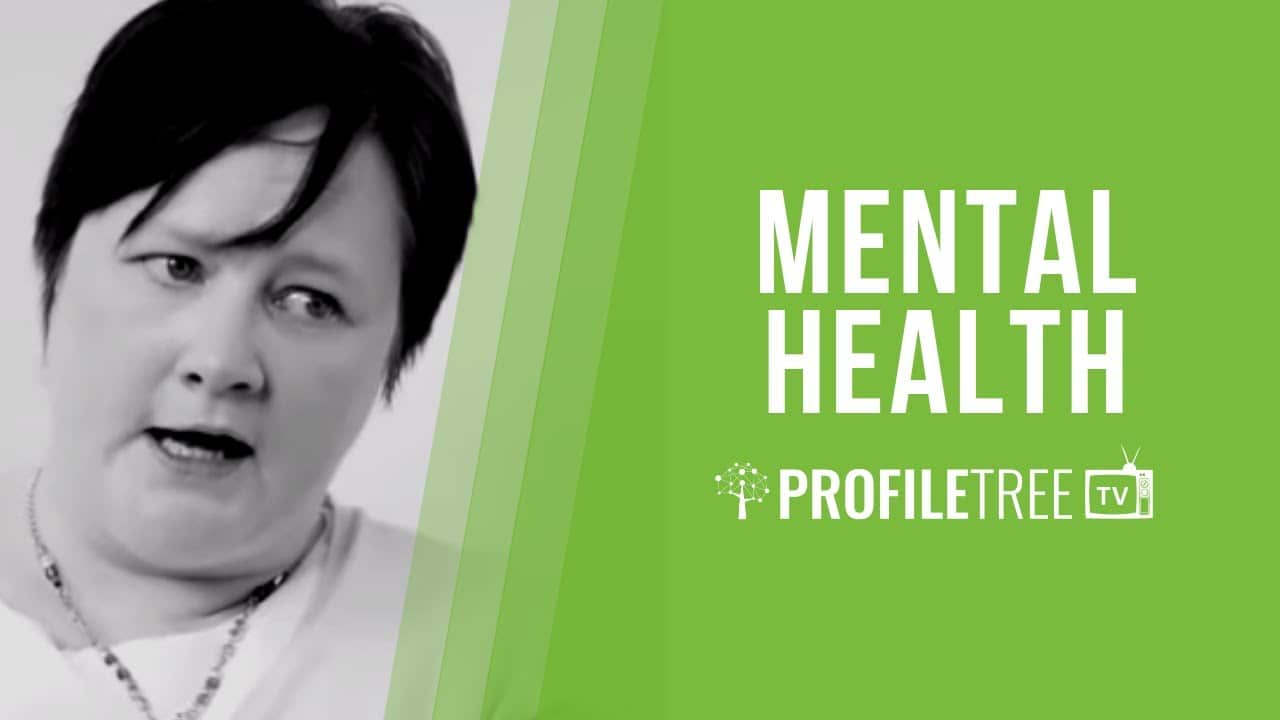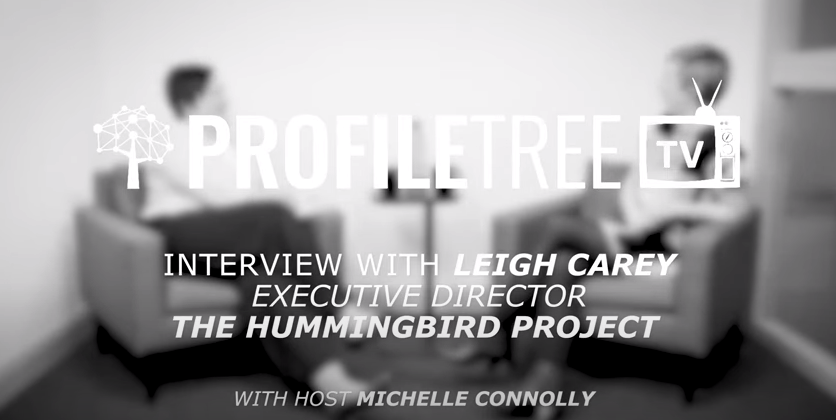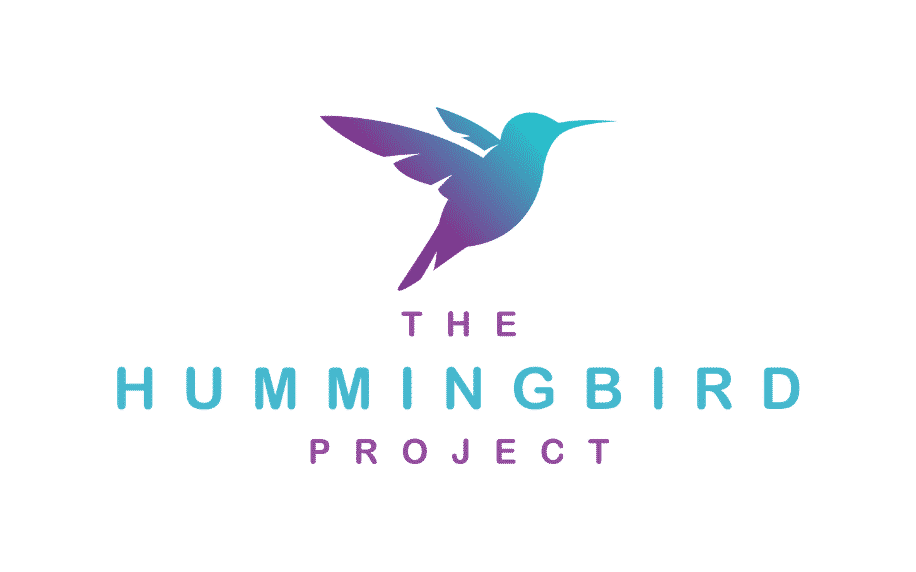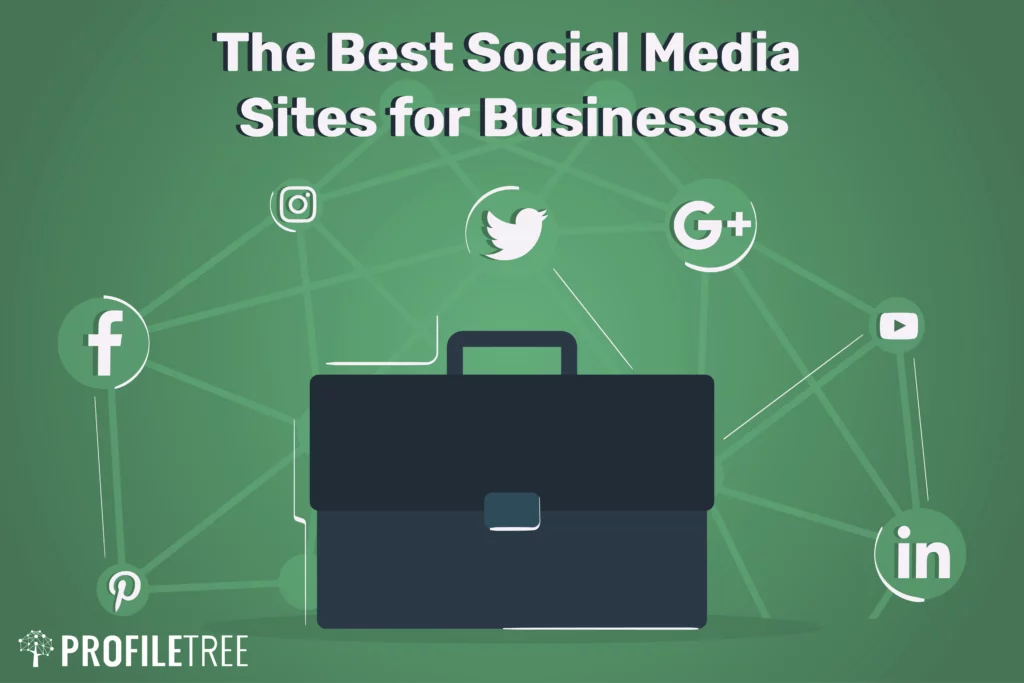Explore the vital subject of emotional wellbeing, and a range of essential mental health topics, through our interview with resilience skills specialist Leigh Carey.
Imagine a workplace where you don’t just clock in and out, but where you flourish: a space where creativity sparks, productivity soars, and stress takes a backseat. This, my friends, is the essence of emotional wellbeing at work.
It’s more than just the absence of negativity; it’s a vibrant tapestry woven from resilience, optimism, and a sense of belonging. It’s feeling engaged, valued, and empowered to face daily challenges with a healthy mind and a confident spirit.
Emotional wellbeing at work isn’t a luxury; it’s a necessity. It impacts individuals by enhancing job satisfaction, reducing stress and burnout, and boosting overall mental and physical health. For companies, it translates into an energized workforce, improved productivity, and lower turnover rates.
Think of it as the hidden fuel that drives success. When employees feel heard, supported, and equipped to navigate emotional ups and downs, they bring their best selves to the table, propelling companies towards remarkable achievements.

But what does “emotional wellbeing” truly mean in the context of the workplace? It’s a multi-faceted gem, sparkling with:
- Resilience: The ability to bounce back from challenges, navigate uncertainty, and maintain a positive outlook in the face of difficulties.
- Stress management: Effective coping mechanisms and healthy habits to maintain mental and emotional equilibrium amidst demanding situations.
- Positive workplace relationships: Supportive interactions, open communication, and a sense of belonging within the team and with colleagues.
- Work-life balance: Establishing healthy boundaries, prioritizing personal well-being, and preventing work from seeping into every corner of life.
- Meaningful work: Feeling connected to the purpose of the company, finding passion in your role, and experiencing a sense of fulfillment through your contributions.
Leigh is Executive Director of The Hummingbird Project NI, which provides training, develops programmes and gives support to the mental health family.
During her Business Leaders interview, Leigh discussed mental health subjects including resilience skills and workplace wellbeing.
To find out how you can build better emotional wellbeing at work, check out our full interview below, or read on for the highlights.
Table of Contents

Using Communication for Positive Change: Leigh’s Career Journey
Starting the interview, Leigh outlined her path to such an interesting and rewarding job role.
“My background is actually communications, that’s what my degree is in – but about ten years ago, I started working with young people from socially deprived backgrounds.
“One of the big things that I saw was a difficulty for them in reaching their goals. In that there were lots of stressors like family issues. So when I had the opportunity to go and work for a mental health organisation, I took it.”
From taking this leap, for several years, Leigh has worked with people with mental health difficulties to help them back to work and improve their life circumstances. Until the idea struck her to take her passion to the next level.
“Then about three years ago, I decided that I would try to do something myself and start my own business. I found that the way I did things was quite unique and worked well.
“I wanted it to be a social enterprise to keep things innovative and flexible, and to help respond to need in a variety of ways.”

Social Enterprise vs Charity: What’s the Difference?
While Leigh’s business model was in a good position to be registered as a charity, Leigh was adamant that she wanted to go down the route as a social enterprise.
But how does the social enterprise structure differ from setting up as a charity?
“What I saw working for big charities was that, because they are reliant on government funding or charitable giving, some of the goals and outcomes from that could make services quite diluted and not very person-centred.
“It had to be about a big flow of numbers, with a strict flow of traffic in order to achieve the outcomes set by the funder.”
One of Leigh’s main reasons for starting the organisation was to deliver person-centred care, as well as intervention and prevention support for individuals as well as businesses.
“If we were going to do early intervention and prevention, we needed to open up the idea of organisations being able to invest in the mental health of their staff, without waiting for someone else to come along and pay for it.”
Leigh explains that mental health support paid for by charitable giving, as opposed to being funded directly by a company, “usually goes to the most vulnerable, as it should, so it shouldn’t subsidise people who have access to it in other ways”.
Leigh’s decision to make The Hummingbird Project NI a social enterprise was a smart one – especially considering the Executive’s current conflicts.
“We started in 2016, which coincided with some government changes in Northern Ireland. I think if we had been a charity – we wouldn’t still be in existence – as things have been made more difficult in terms of funding being able to be moved along, and decisions being able to be made.”

The Hummingbird Project NI: What Do They Do?
The Hummingbird Project NI works with people to recover from mental ill health, improve their resilience towards mental health, teach preventative measures and ultimately, help people look after themselves better.
In the workplace, Leigh discusses the importance of investing in mental health services.
“We recently were involved in a big corporate discussion about whether mental health was an investment or a cost.”
Giving an example, Leigh emphasises the importance of taking an interest in staff’s emotional wellbeing at work.
“If you have spent a long time training someone, whether they be an accountant or nurse – that investment walks out the door when someone is off sick or leaves.
“That not only impacts that person, but also the productivity of the team members. Corporations are becoming more aware of this issue, and trying harder to find solutions that don’t overstep their mark or become intrusive.”
The Hummingbird Project NI has adopted a policy of leading by example in terms of how they treat welfare within their own organisation.
“I think one of the most important things when we started this was that we needed to practise what we preach.
“So, that means creating a culture and values around how we look after ourselves as staff members and give each other space to be productive, to take breaks, use flexible working and things like that.
“It’s trying to weigh up the ways you can be flexible without it affecting your business. We all need to look at ourselves and think ‘right, how are we going to create new innovative ways of being able to solve this?’.”
At the end of the day, Leigh highlights the wealth of wellbeing options out there for businesses and people to partake in. What’s most important is that we don’t give up on ourselves, or others when times are hard.
“My job is to get out there and say ‘there are other ways of doing this’, you don’t need to write people off or write yourself off. Part of my job is to get in there and make a few waves and get the people who make policy decisions to think about how to reshape things in a joined-up way.”
To discover more about emotional wellbeing at work and mental health support, check out our full interview with Leigh.
You can also reach out to The Hummingbird Project NI through the official website.
Importance of Emotional Wellbeing in the Workplace: Cultivating Growth Beyond the Bottom Line
In today’s dynamic and demanding work environment, prioritizing emotional wellbeing is no longer just a feel-good nicety; it’s a strategic imperative. Why? Because a thriving workforce brimming with emotional well-being is one that unlocks a Pandora’s box of benefits, impacting everything from productivity and performance to employee retention and a vibrant company culture. Let’s delve into the four pillars of why prioritizing emotional wellbeing is a win-win for both employees and businesses:
A. Supercharging Productivity and Performance:
Imagine a worker bogged down by stress and anxiety, their mind swirling with negativity. Can they possibly reach their full potential? Of course not! Studies reveal that emotionally well individuals demonstrate increased focus, creativity, and problem-solving skills. They’re more engaged, proactive, and resilient in the face of challenges, translating into tangible productivity gains. Research by Gallup shows that high-wellbeing teams are 21% more productive than their counterparts, a figure that resonates at every level of an organization.
B. Banishing the Burnout Beasts: Stress and Anxiety:
Chronic stress and anxiety are productivity’s sworn enemies, casting a long shadow over workplace well-being. When left unchecked, they lead to burnout, absenteeism, and a high turnover rate. By fostering emotional wellbeing, organizations can equip employees with stress management techniques, encourage open communication, and create a supportive environment that helps individuals navigate challenges without succumbing to burnout. The payoff? A happier, healthier workforce with reduced healthcare costs and a thriving bottom line.
C. Nurturing the Roots of Retention:
High employee turnover is a costly headache for any company. But when employees feel valued, supported, and emotionally well, they’re more likely to build long-term bonds with their organization. Initiatives that promote emotional wellbeing, like flexible work arrangements, mental health resources, and opportunities for growth, signal to employees that their well-being is a genuine priority. This fosters loyalty and engagement, leading to a happier, more stable workforce and a reduction in costly recruitment and training processes.
D. Building a Bridge to an Inclusive Culture:
Companies that prioritize emotional wellbeing also tend to cultivate inclusive and diverse environments. By acknowledging and addressing emotional needs, organizations create a space where everyone feels safe, accepted, and empowered to bring their authentic selves to work. This inclusivity fosters deeper collaboration, sparks innovation, and attracts top talent from diverse backgrounds. The result? A vibrant, dynamic company culture that thrives on the collective strength and unique perspectives of its people.
Investing in emotional wellbeing at work is not simply a fad; it’s a strategic investment in the future of your organization. By prioritizing the emotional well-being of your employees, you unlock a treasure trove of benefits that reach far beyond the bottom line, paving the way for a happier, more productive, and truly successful workplace.
Factors Affecting Emotional Wellbeing at Work: Navigating the Emotional Tides
Maintaining emotional wellbeing at work isn’t a single act, but a delicate dance influenced by various factors. Let’s dive into the five key areas that can significantly impact an individual’s emotional state in the workplace:
A. Workplace Relationships:
Human beings are social creatures, and positive relationships at work are crucial for emotional well-being. Supportive colleagues, open communication, and a sense of belonging foster a sense of security and trust, making employees feel appreciated and valued. Conversely, toxic relationships, conflict, and lack of communication can trigger stress, anxiety, and disengagement.
B. Management Leadership Style:
Leaders set the tone for the entire workplace environment. An authoritarian leadership style with micromanagement and lack of trust can create fear and insecurity, negatively impacting emotional well-being. Conversely, supportive and empowering leadership that fosters open communication, collaboration, and recognition boosts employee morale and confidence, contributing to positive mental health.
C. Degree of Autonomy:
Feeling like a cog in a machine can be demoralizing. Employees who lack control over their work, schedules, and decision-making often experience frustration and decreased engagement. Conversely, granting autonomy and ownership over tasks and projects empowers employees, increases motivation, and enhances emotional well-being.
D. Work-Life Balance:
A constant blur between work and personal life can be a recipe for burnout and emotional exhaustion. Long hours, demanding schedules, and lack of flexibility can negatively impact mental health. Conversely, companies that promote healthy work-life boundaries through flexible work arrangements, remote work options, and paid time off create a more balanced and sustainable work environment, contributing to improved emotional well-being.
E. Office Environment and Ergonomics:
Our physical environment plays a surprisingly significant role in our emotional state. A gloomy, cramped office lacking natural light and proper ventilation can contribute to fatigue and mental strain. Conversely, well-designed, ergonomic workspaces with natural light, comfortable furniture, and access to green spaces can elevate mood, boost energy levels, and enhance overall well-being.
Additional Factors to Consider:
- Job security and financial stability: Financial worries can be a major source of stress. Companies that offer job security, fair compensation, and opportunities for growth can contribute to increased emotional well-being.
- Meaningful work and purpose: Feeling connected to the company’s mission and finding your work fulfilling can positively impact self-esteem and motivation.
- Recognition and appreciation: Feeling valued and acknowledged for one’s contributions boosts confidence and fosters a sense of belonging, contributing to positive emotional well-being.
Building Employee Resilience and Mental Health Support: Equipping Your Team for Success
Prioritizing emotional well-being at work goes beyond creating a supportive environment; it’s about actively equipping employees with the tools and resources to develop resilience and navigate mental health challenges. Here are three key strategies to consider:
A. Resilience Training Programs:
Resilience isn’t a fixed trait; it’s a skill that can be cultivated. Investing in customized resilience training programs for your employees empowers them to bounce back from setbacks, manage stress effectively, and navigate uncertainty with a positive outlook. These programs can include:
- Stress management techniques: Mindfulness exercises, breathing exercises, and cognitive behavioral therapy (CBT) principles can equip employees with practical tools to manage stress and anxiety.
- Communication and conflict resolution skills: Building skills for assertive communication, active listening, and constructive conflict resolution fosters healthy relationships and reduces workplace stress.
- Goal setting and problem-solving: Programs that teach goal setting, time management, and creative problem-solving empower employees to overcome challenges and build confidence.
- Building a positive mindset: Techniques to cultivate optimism, gratitude, and self-compassion can significantly enhance overall emotional well-being and resilience.
B. Access to Mental Health Services:
Providing your employees with easy access to mental health services demonstrates genuine care and commitment to their well-being. This can include:
- Employee Assistance Programs (EAPs): Confidential EAPs offer counseling, resources, and support for employees and their families dealing with personal or professional challenges.
- Mental health insurance coverage: Offering comprehensive mental health insurance plans with low deductibles removes financial barriers and encourages employees to seek help when needed.
- On-site therapists or counselors: Providing access to therapists or counselors within the workplace can reduce stigma and make seeking help more convenient.
- Mental health awareness initiatives: Organizing workshops, webinars, or campaigns to normalize discussions about mental health and encourage employees to prioritize their well-being.
C. Support Groups and Mentoring Opportunities:
Creating a culture of support and belonging empowers individuals to navigate challenges and thrive. This can be achieved through:
- Employee resource groups (ERGs): ERGs focused on mental health or well-being provide a safe space for peer support, sharing experiences, and accessing resources.
- Mentoring programs: Matching employees with experienced mentors can provide guidance, support, and encouragement, fostering resilience and professional development.
- Open communication and inclusivity: Encourage open conversations about mental health in the workplace, removing stigma and fostering a supportive environment where individuals feel comfortable seeking help.
Emotional Wellbeing at Work: FAQ
Q: Why should companies prioritize emotional well-being at work?
A: Investing in emotional well-being leads to increased productivity, reduced stress and burnout, improved employee retention, and a more positive and inclusive company culture. Ultimately, it benefits both employees and employers.
Q: What are some practical strategies companies can implement to promote emotional well-being?
A: Flexible work arrangements, comprehensive health and wellness benefits, mindfulness and meditation courses, physical activity initiatives, continuous education opportunities, positive recognition, open communication, and social events are just a few examples.
Q: How can employees advocate for their own emotional well-being at work?
A: Openly discuss your needs with your manager, utilize available resources like EAPs and mental health benefits, practice self-care activities, and engage in mindfulness and stress management techniques. You can also participate in surveys and feedback loops to contribute to improving the overall workplace environment.
Q: What are some resources available for companies and employees interested in promoting emotional well-being at work?
A: Numerous organizations and programs offer resources and training, including the National Alliance on Mental Illness (NAMI), the American Psychological Association (APA), and various local mental health agencies. Many HR professionals and consultants also specialize in workplace well-being initiatives.
Q: What does the future of emotional well-being at work look like?
A: As awareness of the impact of mental health on work performance and overall well-being grows, we can expect increased investment in workplace well-being programs, greater integration of mental health services into employee benefits, and a culture of open communication and support around mental health challenges. We can also expect technology to play a bigger role in offering personalized tools and resources for stress management and emotional well-being.
Conclusion and Future Outlook: Emotional Wellbeing at Work
Prioritizing emotional well-being at work is no longer a trend; it’s a necessity. By recognizing the profound impact it has on individuals, teams, and the overall success of organizations, we can create workplaces that are not just productive, but also nurturing and supportive. Looking ahead, the future promises:
- Holistic approaches: Moving beyond single-issue initiatives towards comprehensive programs that address various aspects of emotional well-being, including social connection, purpose, and meaning in work.
- Data-driven decisions: Utilizing metrics and feedback to continuously tailor and refine well-being strategies, ensuring they truly meet the needs of the workforce.
- Technology as a catalyst: Embracing AI-powered tools and digital platforms to personalize emotional well-being support, offer on-demand resources, and promote mindfulness practices.
- Destigmatization of mental health: Fostering open and honest conversations about mental health challenges, creating a culture of understanding and support.
Become a Part of Our Business Leaders Series
Interested in featuring on our Business Leaders series? In our acclaimed series, which was recently recognised with Best Content Marketing Award for a Video Series at the Inaugural Irish Content Marketing Awards, we share amazing advice, tips and stories from business owners, managers and senior leaders.
From growing your business to looking after your staff, new industry insights and innovative ideas – we cover everything to inspire professionals across all sectors. If you want to become a part of it, simply drop us a message.


